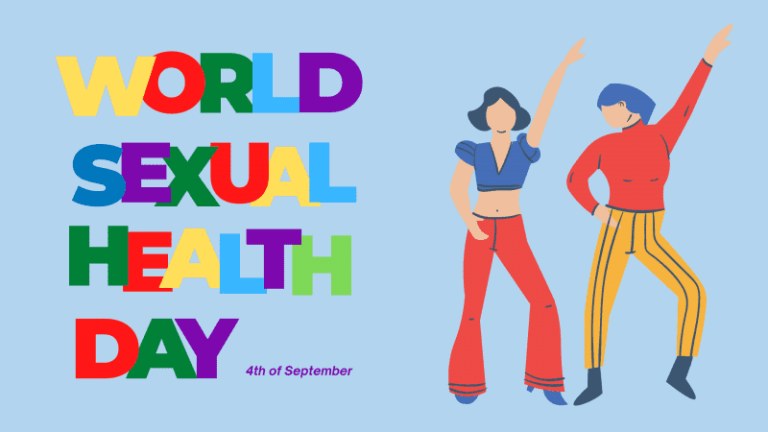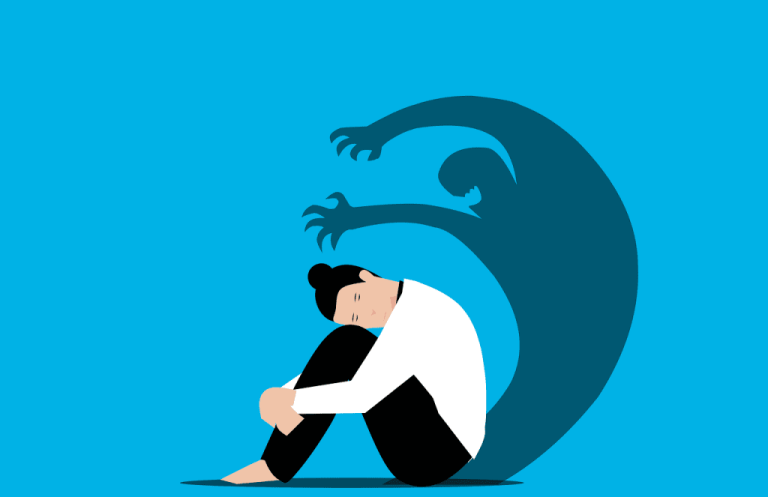The Female Orgasm: It can’t be that hard. Right?
Research shows the inability to reach an orgasm is the second most common sexual problem in women. Scientists refer to this disability as Female Orgasmic Disorder (FOD) and they strongly correlate it with lots of distress, that comes as a consequence of this situation.
Global research indicates that the greatest prevalence of FOD is in Asia (34%) and the lowest in Northern Europe (10%). When it comes to Southern European Countries, such as Malta, it has been found that 17% of women struggle with orgasmic dysfunction, which is…a significant number of women!
But the big question is WHY? Why are so many women having difficulty reaching climax?
- “Women who are not physically attractive can’t be sexually satisfied”
In the recent study of Hevesi et al.
(2019), women with FOD were asked to explain why they think this is happening. Discomfort with physical appearance – body image was, among others, one of
the most common answers. Women with orgasmic dysfunction tend to think that it
is an aspect that affects sexuality. They correlate, either consciously or
subconsciously, attractive and perfect bodies with sexual satisfaction and
pleasure. Hence, they believe they are “not good/ attractive/ beautiful enough”
to deserve sexual pleasure.
- “Over 27% of women with FOD suffer from anxiety.”
Another relative study indicated that the most frequent attribution for orgasmic dysfunction was anxiety/stress, which probably represents a general worry about everyday problems or a more specific anxiety about sex. Being anxious and unable to release stress during sexual intercourse can lead to sexual discomfort and orgasmic problems.
- Cognitive Associations and Distress
The distress that comes out of this situation is inevitable. Based on research, FOD is found to affect not only the pleasure of one’s sex life but also the Quality of Life in general of the women who experience it.
However, the extent of the distress is associated with different attributions for orgasmic difficulty. Those women who were found to be less distressed in the above studies, were more likely to attribute the cause of their difficulties to general stress/anxiety. Choosing a situational factor and externalizing the problem protects their self-esteem and doesn’t damage their self-image.
In contrast, women with high levels of distress tended to “internalize” their difficulties as partner’s lack of enjoyment of sex with them. In this case, blaming themselves and having this negative maladaptive thinking style lead to the generation of more anxiety, creating a vicious circle and inhibiting orgasm.
When it comes to treatment of FOD, the most effective technique is directed masturbation. It is actually a program of nine steps that is used to help women reach ultimate sensation and sexual pleasure. It begins with making women more familiar with masturbation and slowly teaches them how to become more aware of their own bodies. Once they can learn how to reach orgasm during masturbation, the next goal is to use this knowledge during sex with their partner and eventually orgasm during intercourse.
At the end of the day, reaching an orgasm is about allowing yourself to feel satisfaction and pleasure. It is all about getting to know yourself and your needs, unconditionally loving and accepting it.
References:
David
L. Rowland, Laura M. Cempel & Aaron R. Tempel (2018) Women’s
Attributions Regarding Why They Have Difficulty Reaching Orgasm, Journal
of Sex & Marital Therapy, 44:5, 475-484.
Krisztina Hevesi, Barbara Gergely Hevesi, Tiffany N. Kolba & David L. Rowland (2019) Self-reported reasons for having difficulty reaching orgasm during partnered sex: relation to orgasmic pleasure, Journal of Psychosomatic Obstetrics & Gynecology.
Rellini, A.H., & Clifton, J. (2011). Female orgasmic disorder. Advances in psychosomatic medicine, 31, 35-56.
Eleni Megagianni is a senior psychology student from Greece. She is currently an intern at Willingness Hub. Her basic interests lay in Clinical Psychology and Psychotherapy.






